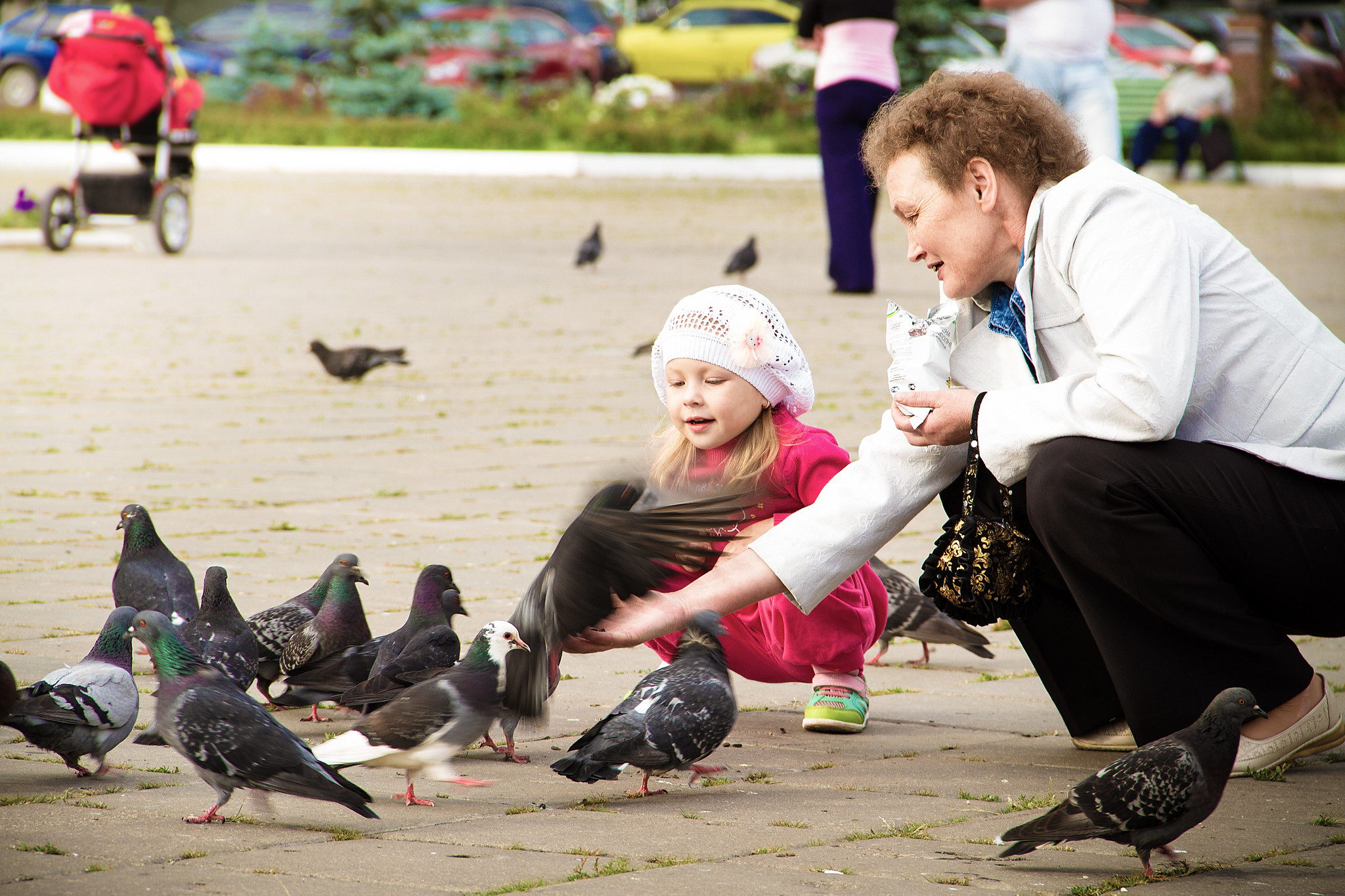Media release
From: The Royal SocietyWhile there is much criticism about how the world handled the beginning of the COVID-19 pandemic, we are currently faced with a new, harsh reality that we need to figure out a way to resolve. In this new world, social interactions are restricted, workplaces are closed, and people think twice before going to the grocery store. Most susceptible is the older population, with a much higher mortality rate in this population. Faced with this new reality, humanity has to find ways to maintain a relatively reasonable lifestyle that will have a minimal emotional toll and economic burden but will minimize the risk, especially in the older population.
In this study, we use a large network simulation to evaluate 5 types of partial lockdown release. In all of them, we restrict connections between different age groups, and specifically the older population. In our schemes, we allow connections with the immediate family members and restrict connections between age groups. However, since social connections are of extreme importance in the elderly population, we add new connections with their own age group. This means that for the time being they would be limited with seeing distant relatives, but they will be allowed to be with their own age group in micro-environments such as movie theaters or restaurants. In this way, our models show that there would be a reduction of 62-93% of the mortality rate (depending on the exact scheme). Until a cure or a vaccine is found, these schemes for age separation will help decrease the total death toll. These can easily be employed in small microenvironments such as a movie theater, a social gathering, airplane rides, etc. and could therefore serve as an intermediate solution until the desired cure is found.


